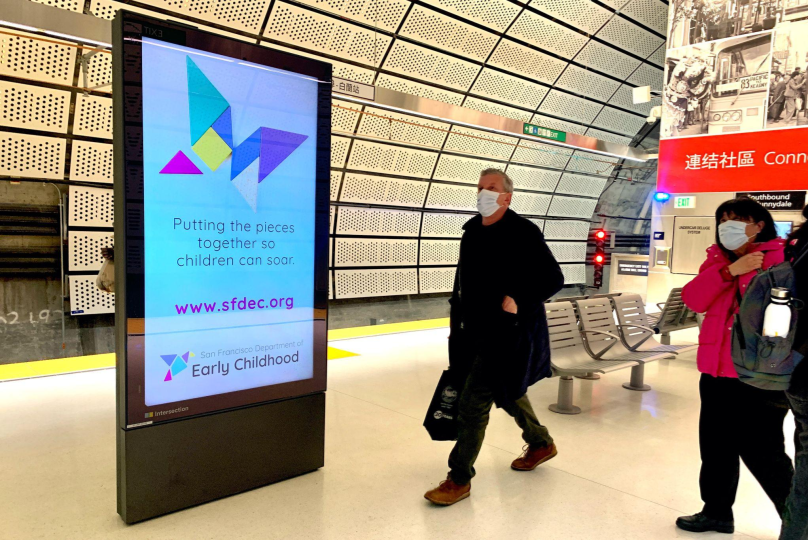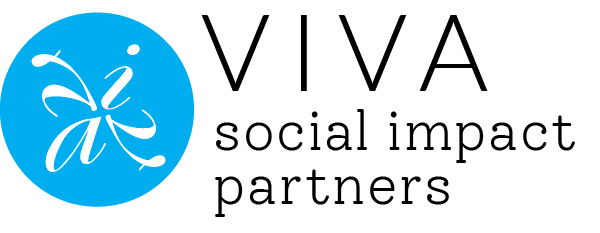
Unlocking the power of community voices for a more equitable communications approach.
The Importance of Participatory Planning in Community-Focused Initiatives
Participatory planning is a cornerstone of inclusive community development, ensuring that the voices of community members are heard and valued. This approach fosters equity by actively involving residents in the decision-making process, allowing them to shape the policies and programs that impact their lives.
Participatory planning can help communities...
- Address local needs more effectively
- Build trust among residents
- Create greater transparency and accountability, leading to more sustainable and accepted outcomes
Moreover, it empowers individuals by giving them a platform to express their concerns and contribute to the collective future of their community.
San Francisco Department of Early Childhood: A Model for Engagement
Established in 2022, the San Francisco Department of Early Childhood (DEC) is dedicated to ensuring the safe and healthy development of young children in San Francisco. DEC exemplified effective engagement through its comprehensive Communications and Community Engagement Plan for 2023-2027.
DEC's Strategic Plan, which preceded its Communications Plan, includes three priorities: amplifying parent voice, increasing cultural responsiveness, and enhancing transparency in communications. VIVA worked with DEC to develop its Communication and Community Engagement Plan, designing a participatory process that put parents at the table with DEC staff throughout the process--ensuring DEC was aligning with the priorities it established in its strategic plan.
Our approach to engaging parents as partners throughout DEC's planning process sets a standard for meaningful community involvement. It included:
- A parent workgroup that met throughout the process and were co-designers of the plan
- Multilingual focus groups
- A digital survey
- In-person events around the city, in locations parents already gather
This robust effort ensured two things:
- The planning process was aligned with DEC's values and priorities and created multiple avenues for parents to engage, and
- The learnings gathered will help ensure that the services and programs provided are aligned with the real needs and preferences of families.
Key Strategies for Effective Community Engagement
Effective community engagement requires a multifaceted approach to reach and involve diverse populations. Key strategies include:
- Ensuring engagement opportunities are available in the languages spoken in the community
- Creating a range of engagement types to meet people's varying interests and availability
- Ensuring engagement at each step of the process--not just at a specific moment.
In San Francisco, as noted above, VIVA and DEC structured the planning process to include a parent workgroup, who were involved from the very beginning and provided ideas, insights, and feedback throughout. They were critical co-designers of the plan. Then, to ensure many different voices were heard, touchpoints included focus groups in different languages, a multilingual survey, and engagement events around the city. These provided a range of ways for parents to share their experiences and preferences with DEC, in the settings and languages where they were most comfortable.
Overcoming Challenges in Participatory Planning
While participatory planning offers numerous benefits, it also presents challenges that need to be addressed. One significant challenge is ensuring that all voices, especially those from marginalized communities, are heard. DEC's inclusive recruitment process for its parent workgroup and focus groups helped mitigate this issue by ensuring diverse representation.
Another challenge is maintaining ongoing engagement and trust. DEC addressed this by sharing tangible results from feedback provided by families at different points of the process. It has also made the resulting Communications and Community Engagement Plan public, and is actively implementing the strategies in it. This continuous loop of communication and action helps build and sustain trust.
Building Trust and Engagement Through Community Collaboration
Effectiveness as a public agency or community-based organization hinges on strong, collaborative relationships between community members and these organizations. DEC’s efforts to unify messaging and communications among its partners, grounded in their own needs and ideas, ensure that its communications about its early childhood work is consistent and reliable.
Furthermore, DEC’s commitment to long-term engagement with parents will foster a supportive community environment. By involving parents in the continuous improvement of programs and services--a strategy identified through its planning process--DEC not only enhances its initiatives but also builds a resilient community foundation for future generations. That is a model for engagement that's worth replicating.
